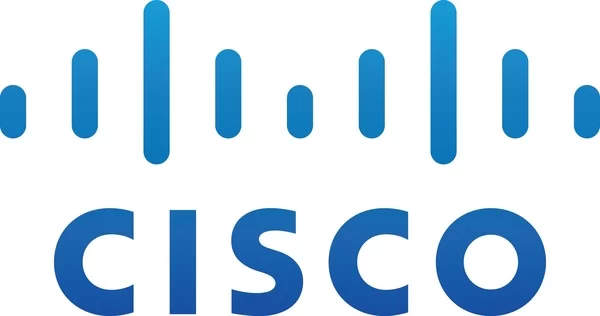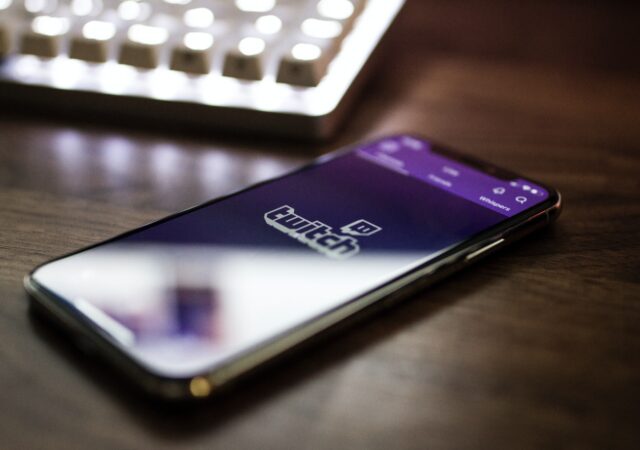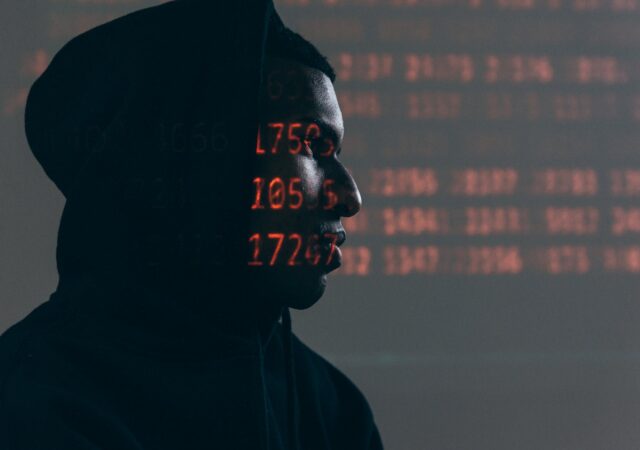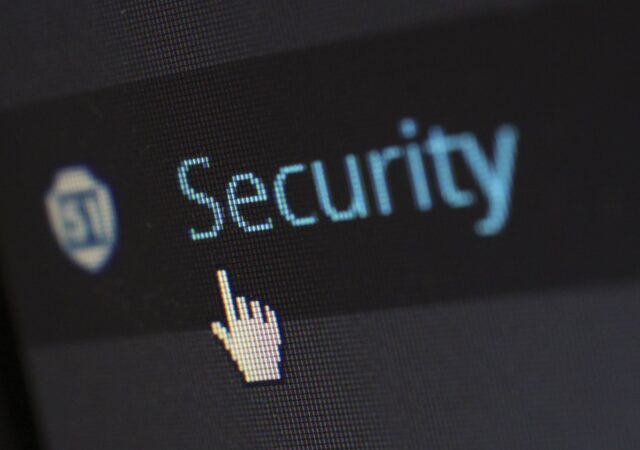With an increasing number of business going to the cloud, what can they do to be better prepared to help mitigate the risks from cyberattackers?
Cisco Urges Customers to Upgrade to Avoid Vulnerability Exploit
Cisco seemingly forces customers to update to more current routers as a serious exploit comes to light.
Six Edge Computing Trends to Watch in 2022
While many aspects of edge computing are not new, the overall picture continues to evolve quickly. For example, “edge computing” encompasses the distributed retail store branch systems that have been around for decades. The term has also swallowed all manner of local…
Twitch Has Been Breached – Here’s What You Need to Know
Twitch experiences what cybersecurity experts are calling the largest breach in recent history. Here are all the details.
Vigilance is Crucial for Businesses in Dealing with Modern Malware
With ransomware evolving so quickly, businesses must be ever vigilant or risk losing their reputation and assets.
533 Million Facebook Users’ Data Resurfaces Online from 106 Countries
Facebook seems to be having a row of things recently. The company initially faced humongous backlash on their implementation of data sharing policies between popular messaging app, WhatsApp, and the larger company. Now, it looks like old wounds are reopening…
Safeguard your Smartphone and Become a Cybersecurity Wiz
With an increase of cyberattacks worldwide, it’s time to look at one of our most used and most vulnerable devices: our smartphones.
Can cybersecurity keep up with flexible work arrangements?
As companies move to a remote workforce in light of the COVID-19 pandemic, they face an unprecedented cybersecurity risk as they are forced to widen their network. So what can companies do about it?












